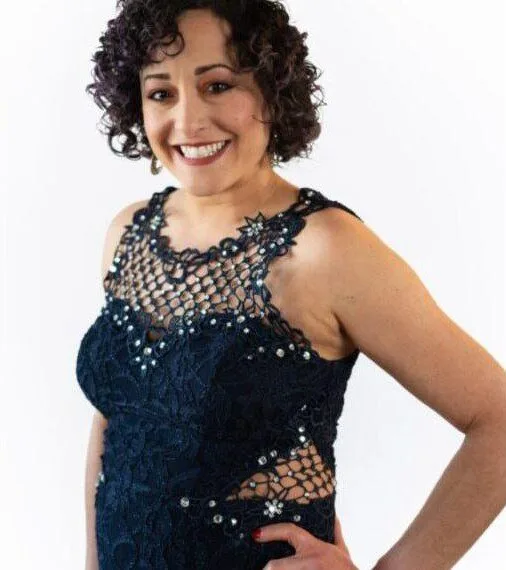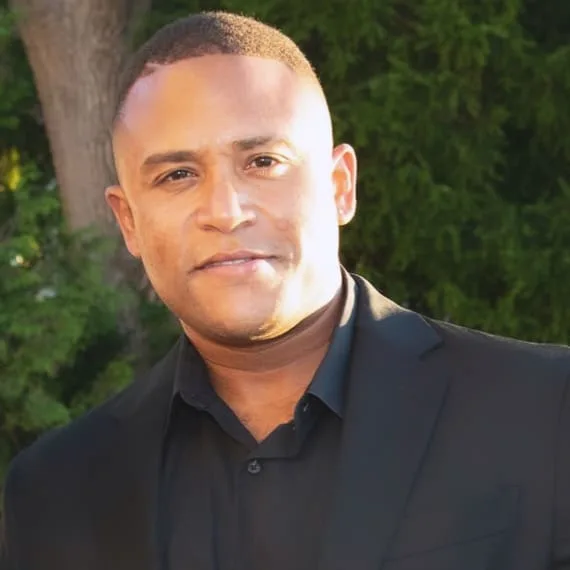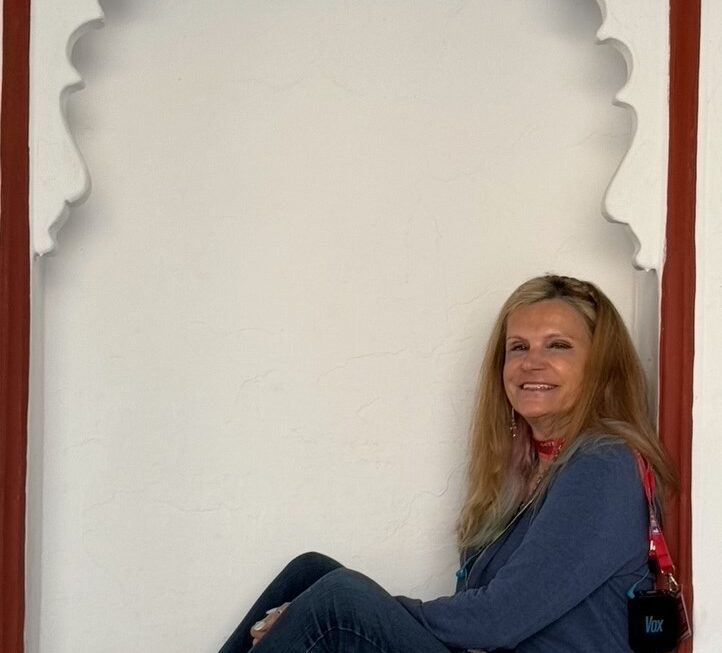Meet Raysa
She’s a singer-songwriter, podcaster, writer, and mental health advocate who has turned her survival of narcissistic abuse and life with C-PTSD into art, conversation, and community. As host of the Hello Trauma Brain podcast, Raysa shares her healing journey while creating space for others to feel less alone. With a background in psychology and years of facilitating support groups for survivors, she brings both personal insight and deep empathy to everything she does. Now, as she works on her debut EP, Raysa continues to transform her pain into music, storytelling, and hope.
Alongside her creative work, Raysa is actively treating her C-PTSD through individual therapy, including EMDR, somatic experiencing, and experiential modalities, as well as group therapy in the Relationship Recovery Process, a childhood trauma framework created by Amanda Curtin, LICSW, and popularized by Patrick Teahan, LICSW.
When did you first realize something from your past (or even now) was affecting you?
I feel like it took multiple events to truly begin understanding how my past was affecting me now. When I started therapy in 2016, my therapist at the time suggested that my childhood history was related to the issues I was experiencing in my present relationships. However, I feel like that did not start to fully sink in until a few years later after a very painful break up and learning about narcissistic abuse. I found that learning about childhood trauma, abuse, and trauma bonds was key to recognizing that these patterns had been programmed inside my brain during my early developmental years. Sadly, I had become accustomed to being abused and accepting being mistreated to the extent that I repeatedly entered relationships with people who behaved like my original abusers.
What are a few things that really helped you along the way?
I’ve tried so many things—where to begin! The tools that have been most impactful for me include inner child healing work, dialoguing (a journaling technique used in the Relationship Recovery Process, a childhood trauma-focused therapy modality created by Amanda Curtin, LICSW and popularized by Patrick Teahan, LICSW), somatic exercises, and therapy with a trauma-trained therapist. I would also include my podcast, Hello Trauma Brain, on this list—not only because it’s helping me reclaim my voice by sharing my story, but also because it gives me a sense of purpose, knowing it supports other survivors of abuse living with C-PTSD.
What has healing meant to you, in your own words?
I love this question! Healing means so many things. It is painful, complicated, and transformative. I often find healing in quiet moments—when I notice that I don’t have to feel ashamed for making a small mistake, or when I allow myself to take an extra minute to decide what flavor of hummus to buy at the store. Essentially, it’s about allowing myself to be an imperfect human being at all times.
Healing shows up when an emotional flashback leaves me sobbing in my living room, and instead of judging myself, I can allow the grief to be fully felt until it passes. Healing is not grandiose, and it’s not found in a 10-day program. Healing is a lifelong process, full of small moments of noticing and choosing a new way to exist.
What’s one thing you wish more people understood about living with trauma or mental health challenges?
I wish more people understood that trauma survivors and those living with mental health challenges need a lot of space. Many trauma survivors carry invisible scars, and it’s easy to overlook how much effort it takes just to wake up in the morning and function in society. I wish survivors were given the space we need—not only to heal, but also to manage our symptoms in everyday life.
How has your understanding of trauma and recovery changed over time?
I used to believe that trauma only applied to people who had survived overt physical and/or sexual abuse. I also thought that, in order to be traumatized, the abuse had to happen directly to you. I now understand that there are many other forms of abuse—including emotional, financial, religious, narcissistic, and others I have yet to learn about. Through my journey, I’ve also come to realize that simply witnessing abuse happening to someone else can be deeply traumatizing.
As part of my ongoing recovery, I’ve learned that creating distance from my abusers was essential—not only in beginning to accept that I was being abused, but also in creating the space my nervous system needed to begin trying new responses and behaviors. Much of my healing has included experiential exercises, which focus on providing new responses to past traumatic events, helping me validate and empower myself to protect both my present self and my inner child.
Though I’ve learned a great deal so far, I know there is still much more to discover as I keep healing my complex trauma.
Can you share a moment when you felt proud of your healing progress?
I will start by admitting that thinking of a moment when I felt proud is extremely difficult for me. Recently, I’ve noticed myself disengaging when someone is trauma-dumping on me. In the past, I would take on their pain as if it were my own and feel a deep urge to fix things for them. Though I still feel empathy, I’m beginning to experience a sense of separation that feels new and encouraging, especially given how much I’ve struggled with setting boundaries. I also find myself drawn to people who are more emotionally mature and reciprocal. After a lifetime of unconsciously gravitating toward people similar to my abusers, this shift feels deeply significant.
What role, if any, has therapy or support played in your journey?
Therapy has played a significant role in my healing journey. I have been in therapy for many years, working with multiple therapists and exploring different modalities. So far, seeing a Relationship Recovery Process (RRP) therapist who is highly trained in trauma has been key to my recent progress. That said, therapy is not the only path to healing. I’ve also found other tools helpful, including support groups, journaling, workshops, reading, and watching educational content about trauma and practical healing strategies. What works best for me tends to evolve over time—and the same is true for the tools I use.
What advice would you give to someone just starting their healing journey?
To anyone starting their healing journey, I would say this: expect things to feel really hard at the beginning, and know that sometimes they may feel worse before they start to get better. However, what’s on the other side of beginning this process is something I can’t fully describe—only that it makes the hard moments worth it.
What happened to you should never have happened, and you deserve to feel better. You have the right to be treated with care, kindness, respect, and compassion. I recommend documenting your journey, especially on the hard days, so you can look back at how far you’ve come. Make a list of what you hope to gain from your healing journey and keep it somewhere accessible for those tough moments—it can help you keep your eyes on the prize.
I wish you so much healing, and I truly admire you for taking this first step. This is the hardest work I have ever done—and continue to do—but it’s also the best thing I’ve ever done for myself. You are not alone.
Follow Hello Trauma Brain on Instagram
Subscribe now on: Apple Podcasts / Spotify / Amazon Music / YouTube
Visit Official Bio Site




